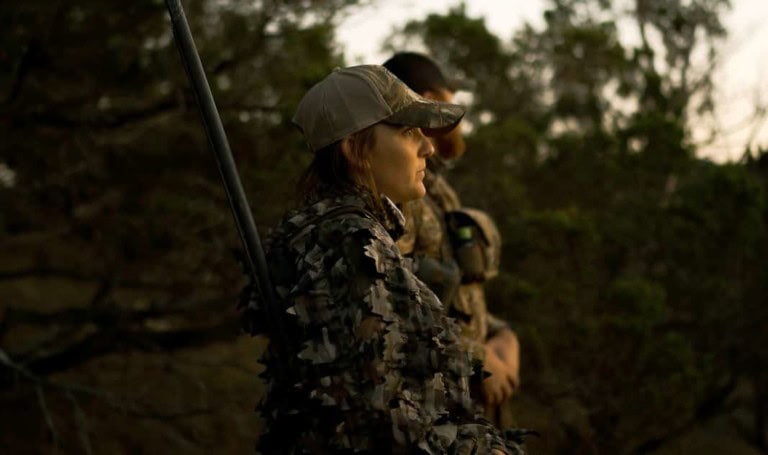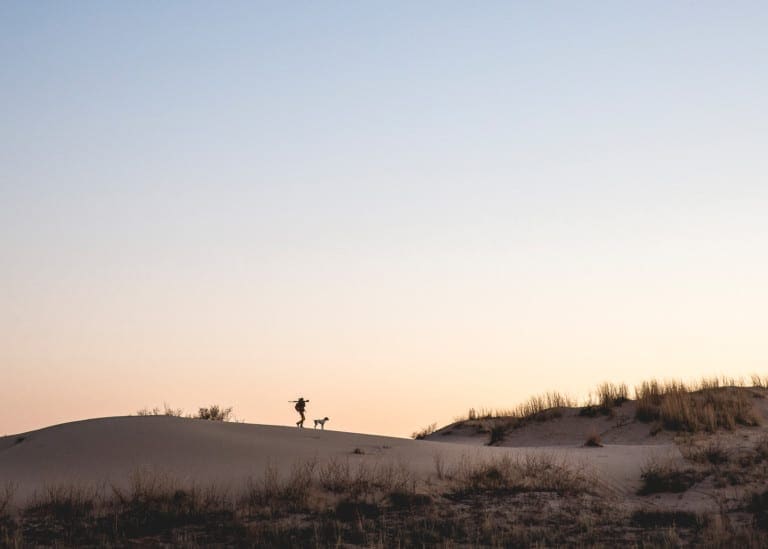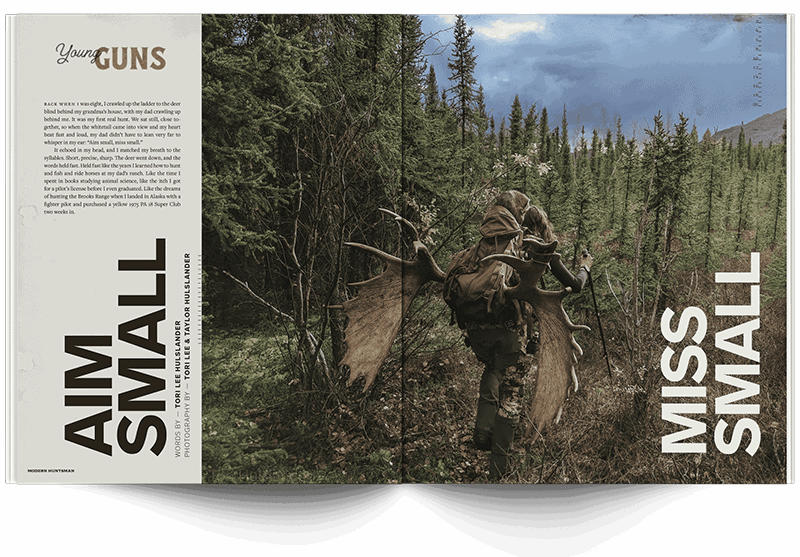History tells many lies. Some are deliberate; some merely the outcome of who is reporting the details and interpreting the relevance of past events. For much of human existence, there is no recorded history, save fragments of bone or ancient carvings, which we may interrogate but never fully understand. For the limited period from which written records do exist, the great preponderance of writing has been the work of men. In the vast majority of instances, these men were products of unmistakably patriarchal societies. No honest reflection on women’s historical contributions to society can ever disregard these facts. Regrettably, it may never be possible to rectify this distorted record. Certainly, the challenge increases the farther one back casts through time.
However, even through this obscuring veil, we cannot fail to glimpse a profound reality, one that freights significance across the horizons of time and place. Women and nature have always been perceived as linked in complex and fundamental ways, ways that must elude the eternally non-pregnant sex. Certainly, in many indigenous cultures, women were considered closer to nature, emblematic and even sacred because of their visceral connection to birth, life, and death, and because of their understandings of illness and the healing arts. Thus we see how the familiar term Mother Naturearose from within diverse cultural traditions that revered female fecundity and saw women as incarnations of a providing, life-giving Earth. There are many examples — the Greek deity Gaia, the Hindu goddess Durga, the African divinity Asase Ya, the Incan Pachamama, the NorseJord, the Thai Phra Mae Thorani, and the Celtic Danuare among the best known. These belief systems are global in their province, and distant in their reach. The various accounts are recorded in myths, hymns and folklore evidenced (on Mesopotamian tablets) as early as the third millennium BCE, demonstrating that the idea of nature as a creative, fertile and nurturing female god is deeply, profoundly rooted in human history. But men’s and women’s relationships to nature also held much in common.
From a practical perspective, both sexes were entirely dependant on their ability to harvest life-sustaining resources, food especially, from the natural environment, and





